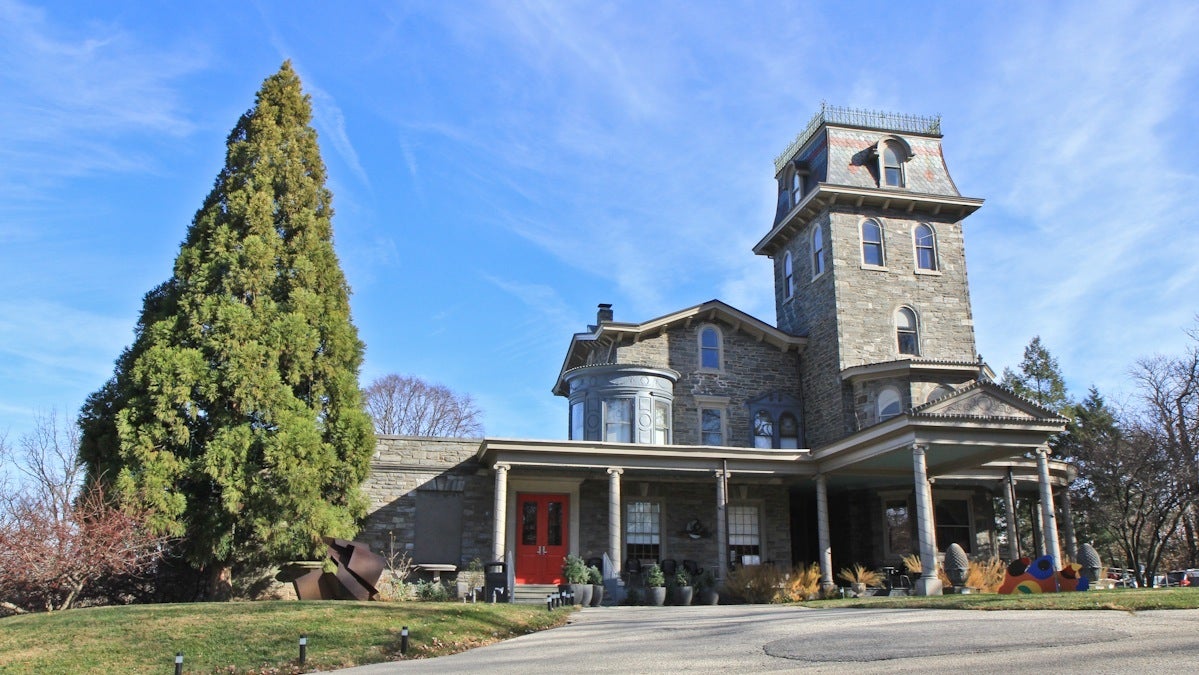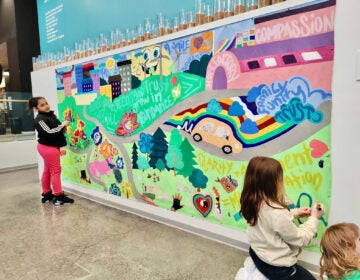Chestnut Hill’s Woodmere Art Museum to announce plans for expansion

The Woodmere Art Museum director William Valerio says he would love to see the "Woodmere experiences integrated into the landscape around it." (Kimberly Paynter/WHYY)
Since the Barnes Foundation moved its galleries out of Lower Merion to the Parkway in downtown Philadelphia, the Woodmere Art Museum sees an opportunity: to be the next go-to suburban museum in a pastoral setting.
On Thursday evening the Woodmere, a 19th century stone mansion in Chestnut Hill, is hosting an open house to share with the public its intentions for the future. It will also solicit feedback.
The Woodmere has hired architect Matthew Baird to design a long-range master plan for the future of the building and its 6-acre property. Baird has not yet created that plan (he hopes to deliver in the fall of 2014) but the Woodmere has definite ideas of what it wants.
“Woodmere’s founder [Charles Knox Smith] strongly believed that art and nature, together, were a path to divinity,” said director William Valerio. “We still believe that is, basically, right. We talk about it in different terms, but I would love to see the Woodmere experiences integrated into the landscape around it.”
The property looked much different in Charles Knox Smith’s day. There were greenhouses, indoor conservatories, a kitchen garden, a stable, and the absence of a surrounding neighborhood.
Now all of that is gone, although the stable still exists – barely. The houses that have since been developed between the mansion and the Wissahickon Creek watershed disrupt drainage. The lawn around the house can become a swamp in heavy rain.
Valerio would like to see those outdoor gardens come back, with sculpture (maybe even the Harry Bertoia fountain that once graced the old West Philadelphia Civic Center, now languishing in a city storage facility) and inside more exhibition space and a small auditorium.
“There is a portion of the building that was built in the 1950s that I call The Shoebox,” said Valerio. “It’s shoved into the elbow between the 19th century part and the early 20th century part. It’s pretty dysfunctional in that special way that 1950s architecture can be.”
Both Valerio and Baird will be at the open house Thursday evening to present their vision of the future of the museum, and solicit both feedback and civic investment. Valerio would like the neighbors of the museum to have a say in what the institution should be.
WHYY is your source for fact-based, in-depth journalism and information. As a nonprofit organization, we rely on financial support from readers like you. Please give today.





